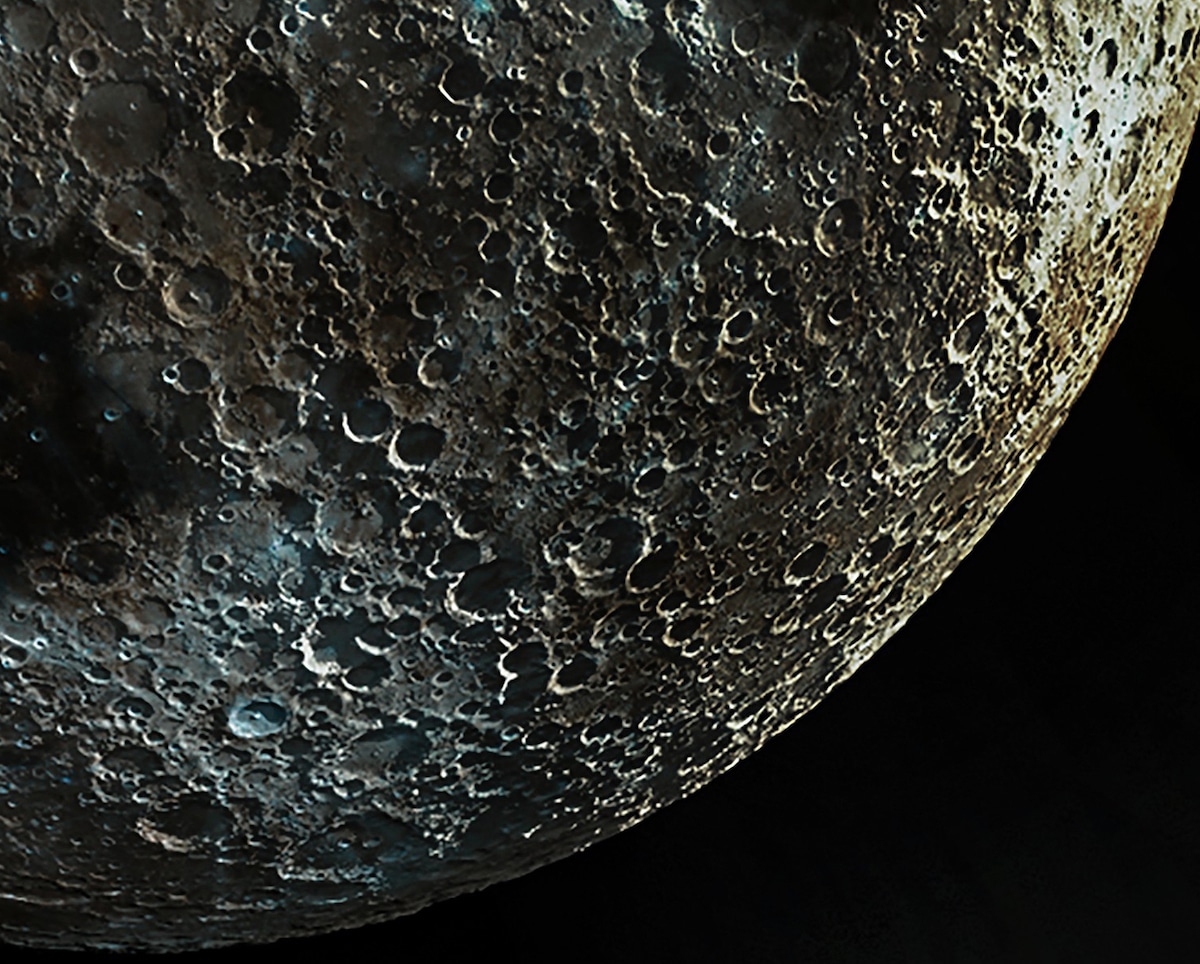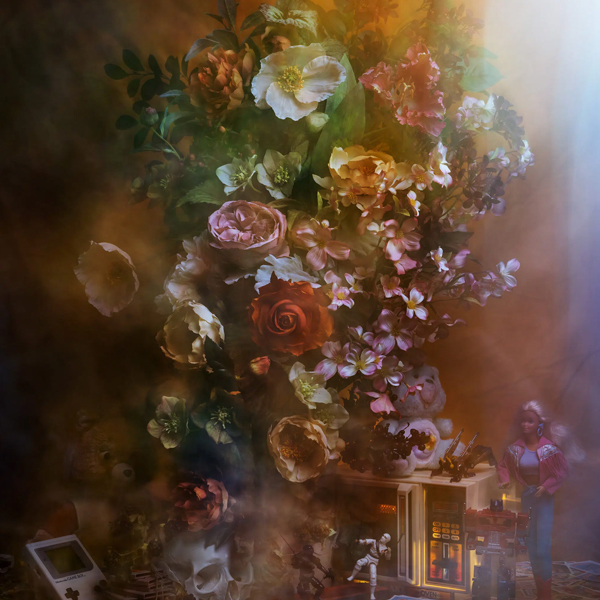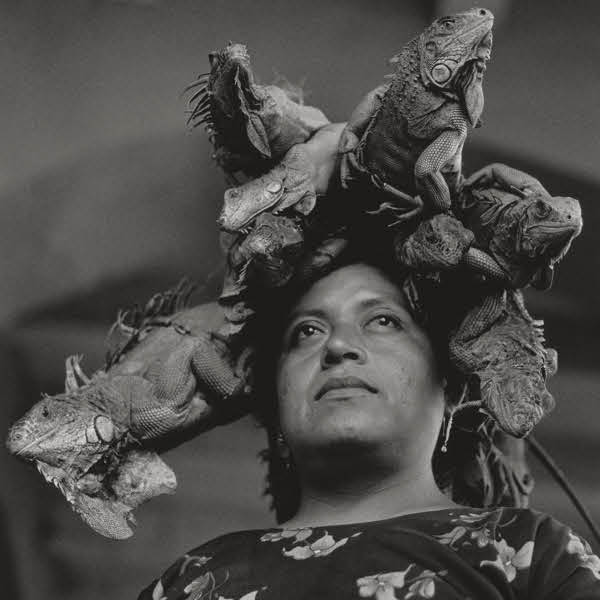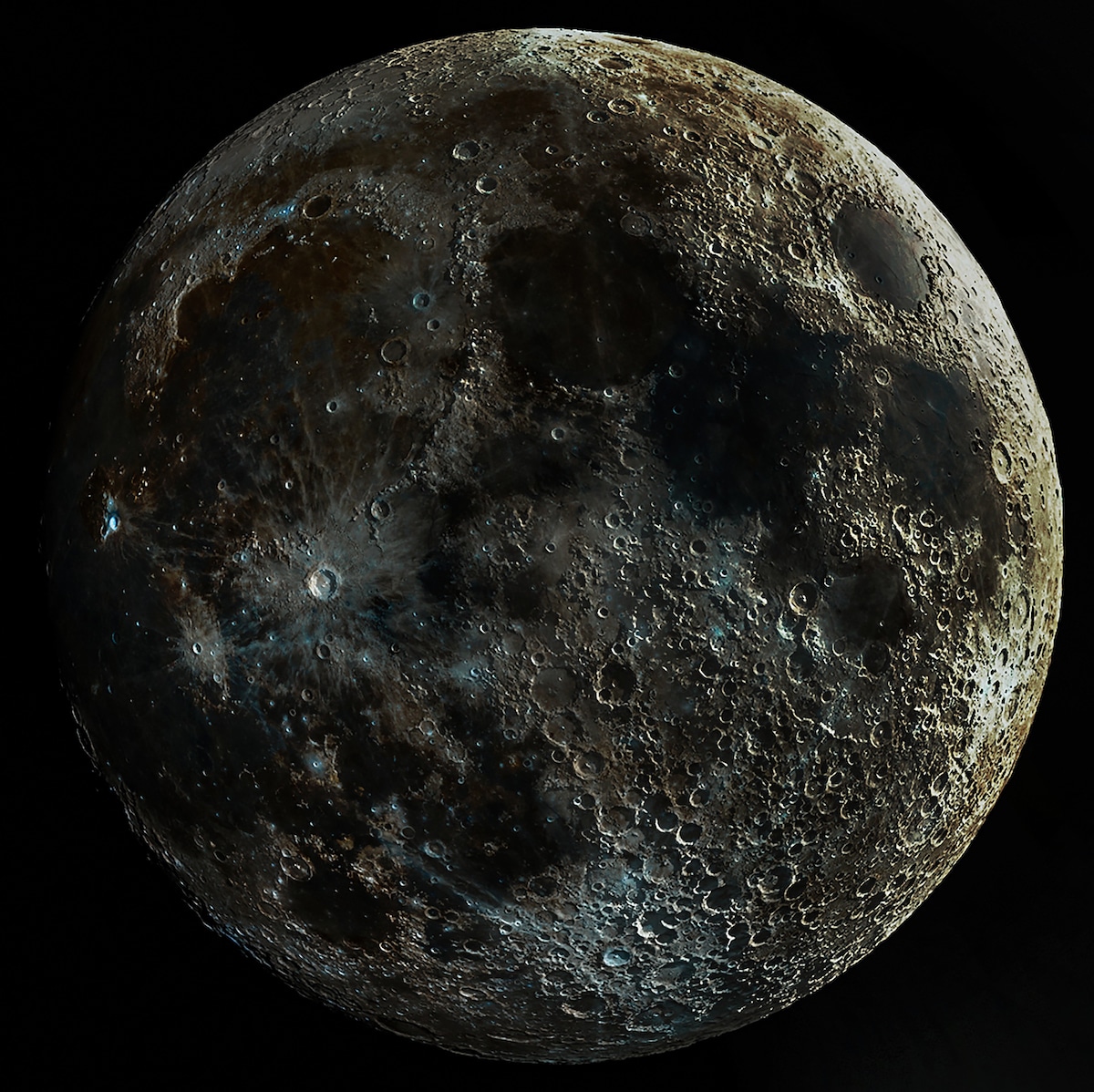
Backyard astrophotographer Andrew McCarthy is always pushing his work to new heights and his latest photo, titled All Terminator, is no exception. This high-definition image of the moon is like no other, so it should come as no surprise that McCarthy devoted weeks to its creation. Thanks to his dedication, every nook and crater is highlighted in this spectacular view of the moon and its lunar surface.
So how did it all come together? In order to get the perfect blend of light and shadow, McCarthy spent two weeks photographing the waxing moon. These images were then sliced and blended together for this final look at the moon. To fulfill his creative vision of a photograph where it would be possible to see the texture of the moon's entire surface, it took a lot of patience.
McCarthy wanted to get enough slices of the lunar terminator in order to create the texture he was after. This is why he needed to continually take photos while the moon was waxing. So what is a lunar terminator and why is it important? We're all familiar with images of the moon half in shadow and half in light. The lunar terminator is the line between light and dark and, within this area, it's much easier to discern features like craters. The reason the moon's surface is more visually legible in this area is thanks to shadows. As the Sun is nearer to the horizon in the terminator, it causes long shadows, which give the surface its three-dimensional appearance.
With this in mind, McCarthy was tenacious enough to attempt the project—no easy feat considering that every day the moon changes position slightly. In order to seam together the 12 photos used in the final image, the astrophotographer mapped the individual photos to a sphere and adjusted them manually. While McCarthy describes the work as “exhausting,” we'd say the final product is well worth it.
These close-up details of the moon show the incredible texture photographer Andrew McCarthy was able to draw out of the lunar surface.
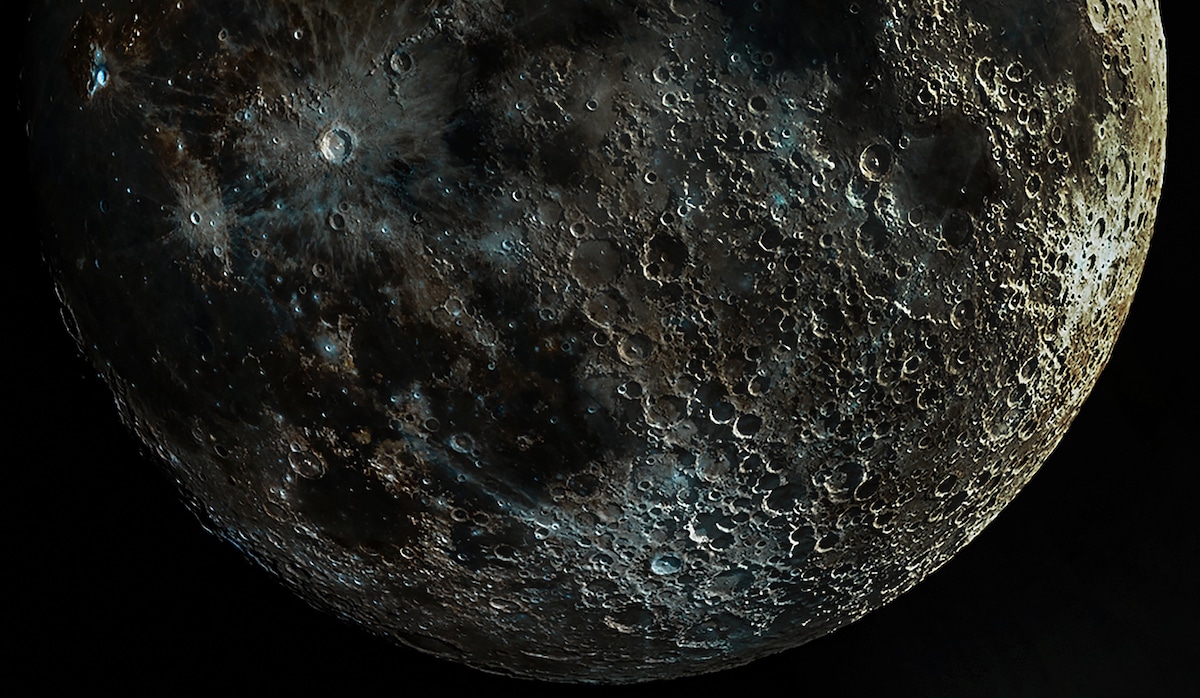
The astrophotographer spent two weeks photographing the waxing moon to create the composite image.
